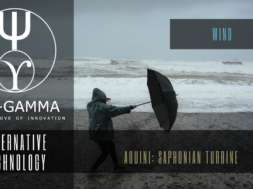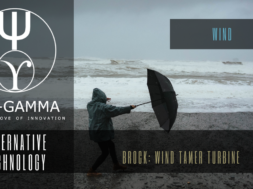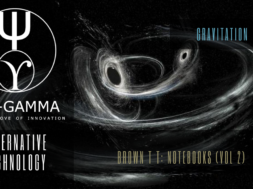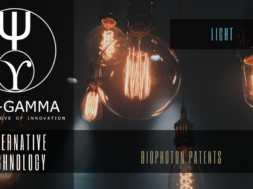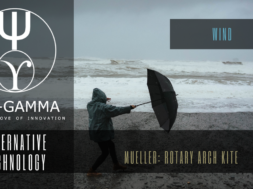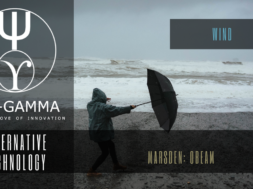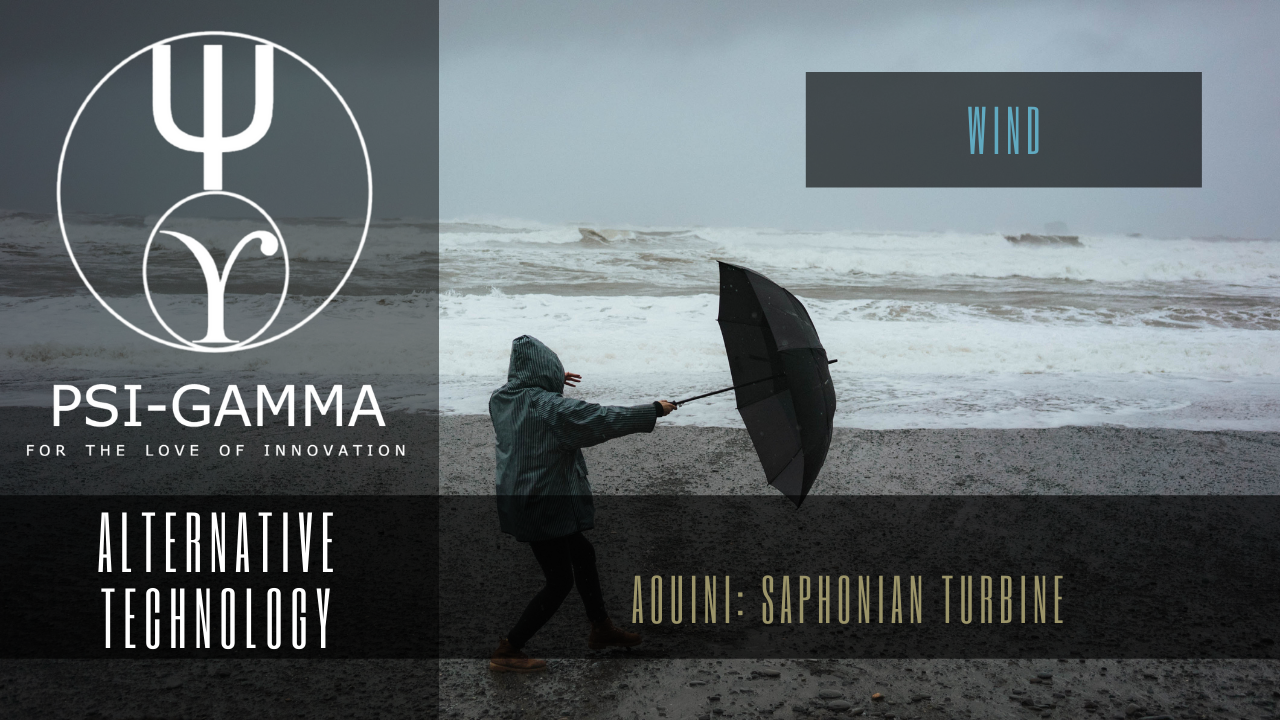
Address : 3, impasse n°3, Avenue Azouz Rebai, El Manar 2, BP 2092 Tunis, TUNISIA
Office : +216 71 886 808
Fax : +216 71 887 068
For further enquiries : khalil.zouari@saphonenergy.com
Beyond the Betz Limit
For the same swept area (by a wind turbine), the wind energy captured by the sail-shaped body of the Saphonian is twice as higher as that of conventional wind turbine. By replacing the blades’ rotor by a compact sail-shaped body (curved) that enjoys high aerodynamic coefficients (Cl and Cd), the Saphonian has set itself free from the insurmountable Betz limit.
Empirical performance tests have shown that the Saphonian efficiency level is 2.3 times as high as that of the bladed wind turbine on account of the following:
– For the same swept area (by a wind turbine), the wind energy captured by the Saphonian is twice as higher as that of conventional wind turbine.
– The Saphonian has eliminated most of aerodynamic and mechanical losses, originally due to the use of blades and gearbox and to the characteristics of the rotational motion.
Over the last two years, Saphon’s team has designed, developed and tested number of operating prototypes. The latest empirical tests made on a 300-500 Watt prototype (diameter of 120 cm) confirmed and validated the theoretical assumptions. This allowed us to optimize the initial design and further improve the hydro-mechanical performance. A second generation prototype is under tests.
Sail-inspired turbine promises cheaper wind energy
by
Nébil Zaghdoud
The sail-inspired wind turbine may capture more energy
[TUNIS] A Tunisian invention that harvests wind energy through adesign inspired by sailboats promises cheaper, more efficient wind energy.
The bladeless wind turbine, the Saphonian, named after the wind divinity that was worshipped by the ancient Carthaginians, also promises to be more environmentally friendly than existing wind turbines that produce noise and kill birds through their blade rotation.
Instead of rotating blades, the Saphonian’s sail-shaped body collects the kinetic energy of the wind, Anis Aouini, the Saphonian’s inventor, told SciDev.Net.
He explained that the resulting mechanical energy moves pistons which generate hydraulic pressure that can be stored in a hydraulic accumulator or converted into electricity.
“This is not the first bladeless wind turbine, but we thought outside the box: the initial idea came from sails — the only human system that can capture and convert the bulk of the wind’s power into mechanical energy,” said Aouini.
An average wind turbine captures only 30 to 40 per cent of the wind’s kinetic energy, while the Saphonian can capture up to 80 per cent, according to Aouini.
Hassine Labaied, chief executive of Saphon Energy, the start-up energy company established to get the turbine to market, said the Saphonian reduces the aerodynamic and mechanical energy losses associated with rotating-blade turbines.
“Our second generation prototype is 2.3 times more efficient, and costs nearly half the price of its predecessors [conventional wind turbines]. It discards the most expensive components in a traditional wind turbine, which are the blades, hub and gearbox,” said Labaied.
Aouini and Labaied patented the technology in Tunisia in September 2010, and received an international patent in March 2012. Saphon Energy is now looking for a partnership with a manufacturer to deploy the technology worldwide.
“We are negotiating with a number of international companies that produce renewable energy technology, and will finalise this by the end of this year,” said Labaied. He estimated that it would take up to two years until the commercial product reaches the market.
Ali Kanzari, a renewable energy expert and director-general of Solar Energy Systems, told SciDev.Net that the Saphonian “seems to be a radical and economically viable alternative to bladed turbines”. However, he added that “the manufacturing step is important as it will determine how the market will accept it”.
“The electricity produced through wind in Tunisia represents five per cent of total electricity production in the country,” Ayadi Ben Aissa, former chief executive of the Tunisian Society of Electricity and Gas (STEG), told SciDev.Net.
He said that using the Saphonian technology could produce up to 20 per cent of Tunisia’s electricity from wind in the medium term.

